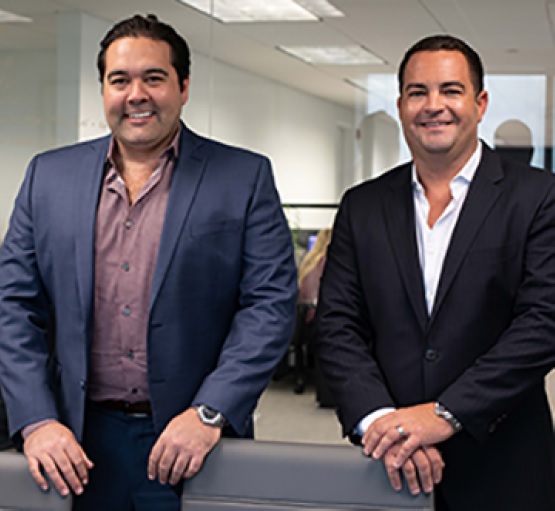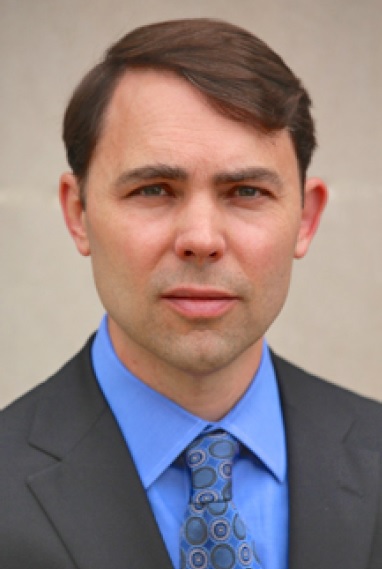February 2019

When Rob Murphy began to eye the
treatment business in 2011, there were
approximately 11 thousand treatment
centers nationwide. Fast forward, and today
that number has soared to nearly 15
thousand. “There has not been a
corresponding increase in the treatment
talent pool, not even close,” Murphy says.
And he should know. He is the founder and
CEO of what is the treatment industry’s
largest specialty recruiter, South Floridabased
Valeo Resources. Over the past
seven years Valeo has filled over 1,000
open positions for hundreds of treatment
enterprises all over the country, including
Pinnacle, Livengrin and AAC.
In the Family Murphy, who courageously overcame a
tragic boating accident hat left him without any legs, grew up with medical industry recruitment in the blood. His
father was a pioneer in the nursing recruitment arena who built a major contract nursing business that he sold.
Now working at publicly traded medical recruitment giant Cross Country, Murphy’s dad currently runs their contract
recruitment division. And now his son Rob is seeing unprecedented opportunity at Valeo Resources, as staffing has
emerged as arguably the addiction treatment industry’s biggest management challenge.
The current treatment industry recruitment crisis has been a long time in the making. Over ten years ago,
Treatment Magazine wrote that The Right Step of Houston, now part of bankrupt Elements Behavioral, was
reporting huge increases in costs surrounding recruitment, up 50 percent in a single year. Positions were going
unfilled for long periods of time and, of course, there was the ever looming fact of the treatment industry
employment market: massive contingents of young couselors – poorly paid, by and large,and thus hard to attract
– were going to be needed to replace aging counselors, the average age of which was rapidly moving toward 50
years old!
Full Blown
And now the full blown employment crisis appears to be upon us, one that is probably the biggest single roadblock
to needed treatment industry capacity expansion as addiction emerges as heathcare Public Enemy Number One.
In New York, treatment centers have become desperate, petitioning Albany for help. Late in 2017, New York
treatment providers asked the state government for $100M, funding that was to be specifically earmarked for
addressing an acute shortage of qualified addiction treatment personnel. In New Hampshire, one of many such
examples nationwide, Phoenix House was forced to cut its inpatient capacity by 20 percent, while simultaneously
slashing outpatient capacity by 50 percent – all due to lack of staff. A Colorado treatment center, a 90-day program
called CIRCLE, was forced to shutter completely, citing inability to find staff. And it goes on and on and on…
Certainly the talent shortage is felt at its worst among the small public centers that make up the vast majority of
providers. But big recruitment pressures are also being felt among the treatment industry’s marquee names. Says
Tom Britton, CEO at the $115M-a-year Gateway Foundation of Chicago: “Recruitment could be our biggest
challenge. And we are no different than our peers across the entire addiction treatment industry.”
Pulling Out the Stops
As a result Gateway is pulling out the stops. “We are leveraging
technology to improve recruitment and retention. We recently
implemented a new applicant tracking system to monitor the new-hire
progress over the prior 12 months. We switched to a more competitive
and cost-effective benefits package and are restructuring our salaries.”
In the addiction treatment c-suite, especially on the private side of the
industry, recruitment competition is reaching truly epic proportions,
driven in large part by private equity investors, which have descended
on the treatment industry en masse amid the opiate addiction crisis.
There are now dozens of private equity houses either active in or eying
the treatment industry. It’s a trend that began with Bain Capital’s
acquisition of CRC Health, now part of Acadia, and American Capital’s
purchase of The Meadows – both deals done over a dozen years ago.
Acadia Training Ground
As is the case with leading companies in all industries, Acadia, the
world’s largest treatment provider by far, has emerged as a training

admired “CEO-in Training” recruitment program, where it trains talent. Tom Britton of Gateway was recruited from
Acadia, as was John Peloquin, who runs rapidly expanding West Coast provider Discovery Behavioral, formerly
Cliffside Malibu. In the wake of Origins’ sale last year to the billionaire Rowling family of Texas, the provider, with
treatment assets in Florida and Texas, has this year been on a C-suite hiring binge. In an example of how the
treatment industry has begun to attract a previously unheard of caliber of executive talent, top Rowling family
lieutenant Jim Caldwell is now the permanent CEO at Origins, which also attracted a new marketing chief whose
got the world class ad agency Leo Burnett on his resume.
Higher Degrees
The consensus when it comes to the C-suite is that the treatment industry is in the midst of a major upgrade when
it comes to executive talent. Throughout all of 2018 the announcements of C-level recruitments came fast and
furious, from all sides of the industry – public and private. It has not been unusual to see several big new hires in a
given week, all of which has kept Rob Murphy and his colleagues at Valeo the busiest they have ever been. Murphy
says he expects the C-suite hiring binge to continue and even to accelerate.
“There has been a progressive need to upgrade the management skill set in the treatment industry C-suite,” says
Gateway’s Tom Britton. “And it’s my impression that this trend has reached a tipping point. The demand for
qualified execs is going to to continue to be very, very strong for the foreseeable future.” And while the treatment
biz, from the recent slew of hiring announcements, is having a great deal of success landing the C-suite execs it
needs, low salaries and the rapid aging of the counselor workforce present a much more intractable threat to basic
clinical operations nationwide, likely requiring solutions that will take years to implement and even longer to see
results..











